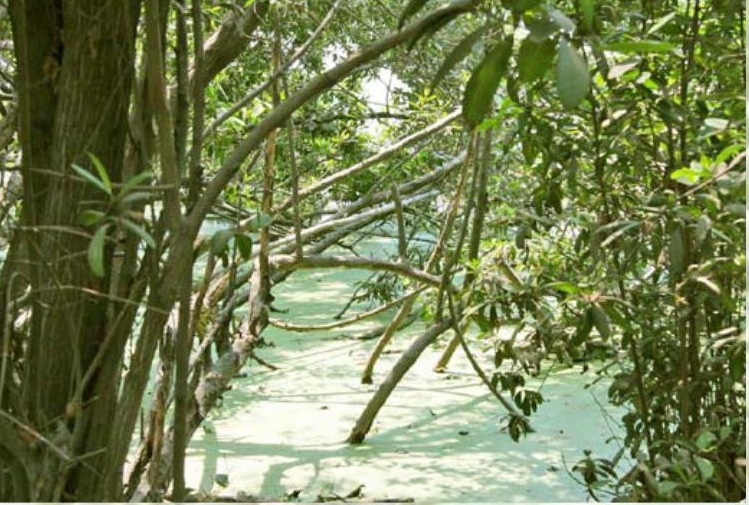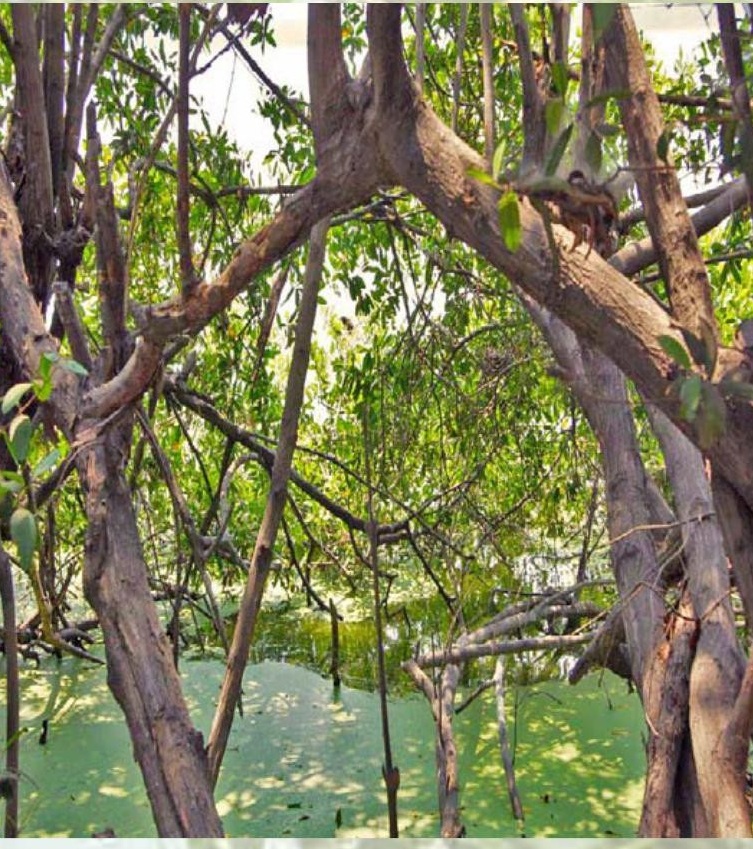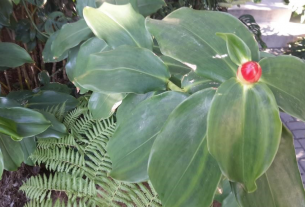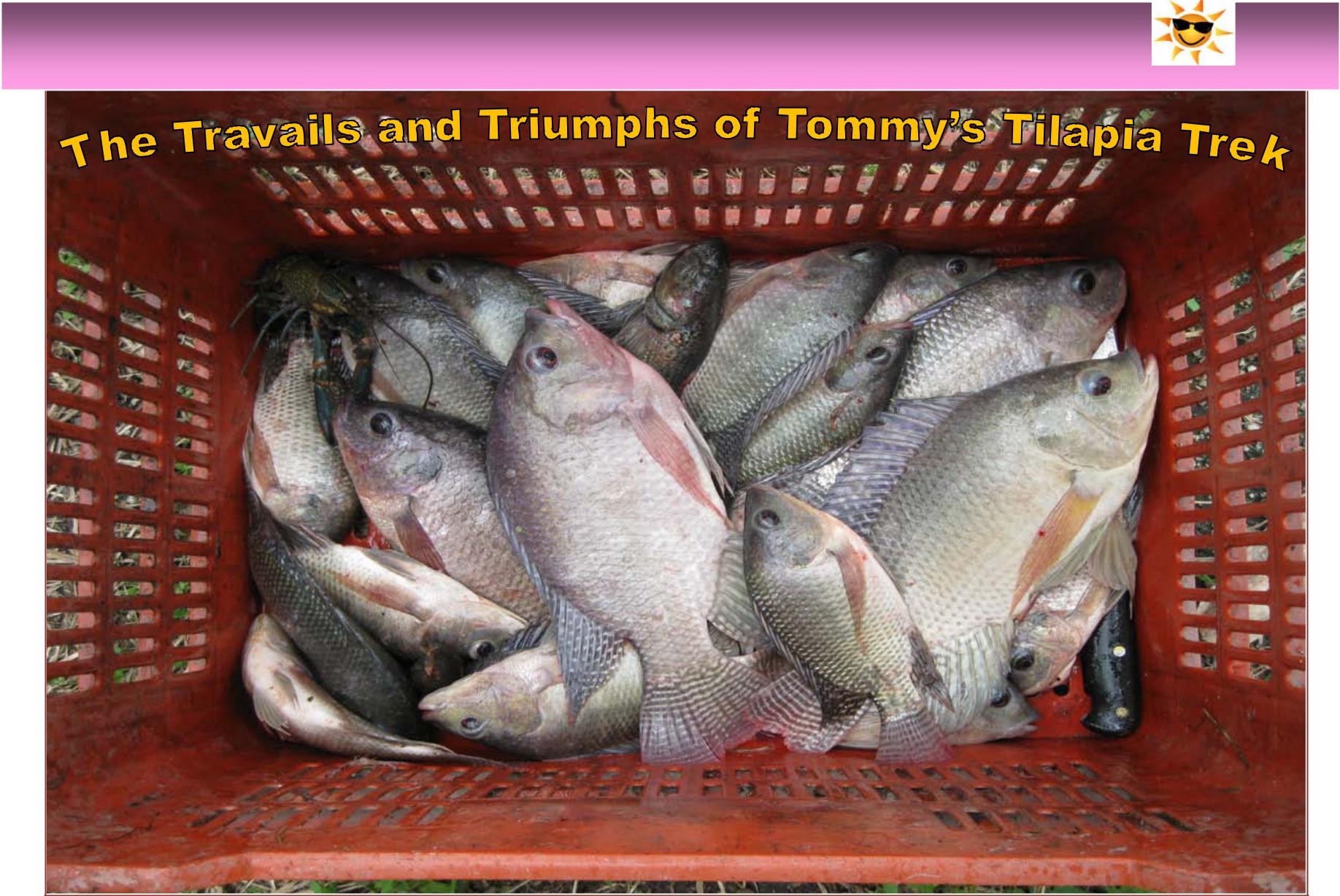By Tommy Clarkson from the August 2010 Edition
The creator Snoopy of that Loop popular-in as much cartoon as Charles strip once Schultz,owned the all of the property around it – and the highway whose bayside shoulder drops almost immediately onto the Santiago Bay’s beach, is a mangrove . . and much, much more! Howard, another of my “traverser of the wilds” pals, recently joined me on a trek to try to catch a glimpse of the large, but elusive, – often called – salt water crocodile I’ve occasionally, but very carefully, observed from a safe distance. (On this excursion our efforts to find the, with which I was familiar, were to prove Ccodylus unsuccessful,autus but our other sightings more than made up for it!)
So, mid morning, properly bedecked with industrial strength camera gear – but in our zeal forgetting the mosquito repellant – off we took!
Now as theoretical physics were so much child’s play to Einstein, so birds seem to be to mild-mannered, Dr. Platt, my traveling amigo. Though he’ll say nay, believe me, he knows his ornithology – impressively so!
After parking my truck on the side of the “Loop”, off we trudged, into “deep the interior”. And but a few moments into our journey, he enthusiastically pointed out a Yellow Crown Night Heron which, interestingly was originally was endemic to Bermuda but, following the arrival of humankind, became extinct there. Apparently aware of the fate of his Caribbean cousins, the one we saw kept a respectable distance from us.
Next up flew a brightly, yellow breasted, type of flycatcher called a Great Kiskadee – fun to say and equally fun to see! And then hot on his tiny bird heels, and true to that which is said of them as to their preferring “weedy edges and second growth near stands of tall cane,” we spied a White Collared Seed Eater . . . and we’d but barely begun, being only 100 yards or so “in the bush!”

I’d hardly been able to draw from Howard a few words about his time spent as a doctor in the British military when the high-pitched twittering trill, “ announced the nearby presence of a Tropicaltree-e-e- eKing-e-e-Birde”. And sure enough, there he was, watching us while observing his other surroundings from one of the higher branches of a nearby tree.
And then, quicker than a bird burp, “Look, a Great Tailed Grackle . . . and over there, a rather elusive – and bird antisocial – Green Heron!” This latter character was showy – in a classical bird sort of way – with his glossy, greenish-black cap, greenish back and wings of grey-black that turned into a green/blue, and chestnut colored neck boasting a slender white stripe down the front, atop his grey underparts and short yellow legs.
So you immigrated to Canada where you practiced medicine for 32 years,” I inquired. His response was cut short by our sighting of a Russet Backed Thrush followed fast by our glimpse of the seed eating songbird, a Grayish Saltator.
And then, as if to know we sought an aerial respite from the avian world, what I have heard colloquially called a Parachute Butterfly – but perhaps more correctly called by lepidopterists a White Morpho – merrily flip flopped its way in front of us, sitting briefly on a small twig.
Perhaps miffed at what he perceived as our fickle nature, a Great Egret (what a few folks call a Great White Heron) made his presence known with a croaking “ as he slowly floated past with his characteristic cukcuk flightcuk” mode of retracted neck.
belong a -classic winged,offork a name-tailed a seabird,Magnificent which Frigate is found Bird!mainly This in the tropical oceans, was formerly known as ‘Man O’ War’ because of its habit of catching and shaking other birds so as to steal their food. I tucked my breakfast bar into my pocket, just in case!
Three times, over the course of our adventure, we carefully stepped over a black, broad and seemingly endless ribbon of ants that busily crossed our path driven by who knows what commands through what means to some certainly most focused end.
But the birds were up and not below.
Next on our mangrove tramp we saw a purely Western Mexican bird, a Golden Cheeked Woodpecker. Howard likes the call to “Cheeky Bird” and I must admit that his call sounded rather like “cheekity” to me!
Then away from the marshy mangrove pond we moved, up the hill further. Swift, lithe lizards regularly scurried past as we came upon a roadway, built some years ago and long since abandoned. Replete with infrastructure access points, this clearly had been someone’s dream now gone to seed, weed and ruin.
Floating over us, seemingly sensing our advanced years and clearly eyeing us as a potential dinner, a Bald Headed Vulture accompanied us for no short distance. Eventually, disgusted by our apparent good health, he floated noiselessly away.
Then once again, butterflies commanded our attention as several small but pretty ones flitted about us, but would not hold still long enough for identification!
Then through the branches we glimpsed the spectacularly colorful, Orange Breasted. Bunting. Spectacular, you say? With a darkish lime-green crown atop his head melded to a bright, azure- blue back coat with a broad and full yellowish-orange breast shading on his belly, he was just that! Now that’s a bird for any to enjoy watching!
He was a good culmination for our sojourn on this day. For at that moment B&B were to prevail – present “Bugs” from the weeds around us and a cold “beer” awaiting us upon our return home . . . but with the firm awareness that more adventures lay ahead in the weeks ahead!

Download the full edition or view it online
—
Tommy Clarkson is a bit of a renaissance man. He’s lived and worked in locales as disparate as the 1.2 square mile island of Kwajalein to war-torn Iraq, from aboard he and Patty’s boat berthed out of Sea Bright, NJ to Thailand, Germany, Hawaii and Viet Nam; He’s taught classes and courses on creative writing and mass communications from the elementary grades to graduate level; He’s spoken to a wide array of meetings, conferences and assemblages on topics as varied as Buddhism, strategic marketing and tropical plants; In the latter category he and Patty’s recently book, “The Civilized Jungle” – written for the lay gardener – has been heralded as “the best tropical plant book in the last ten years”; And, according to Trip Advisor, their spectacular tropical creation – Ola Brisa Gardens – is the “Number One Tour destination in Manzanillo”.




You must be logged in to post a comment.